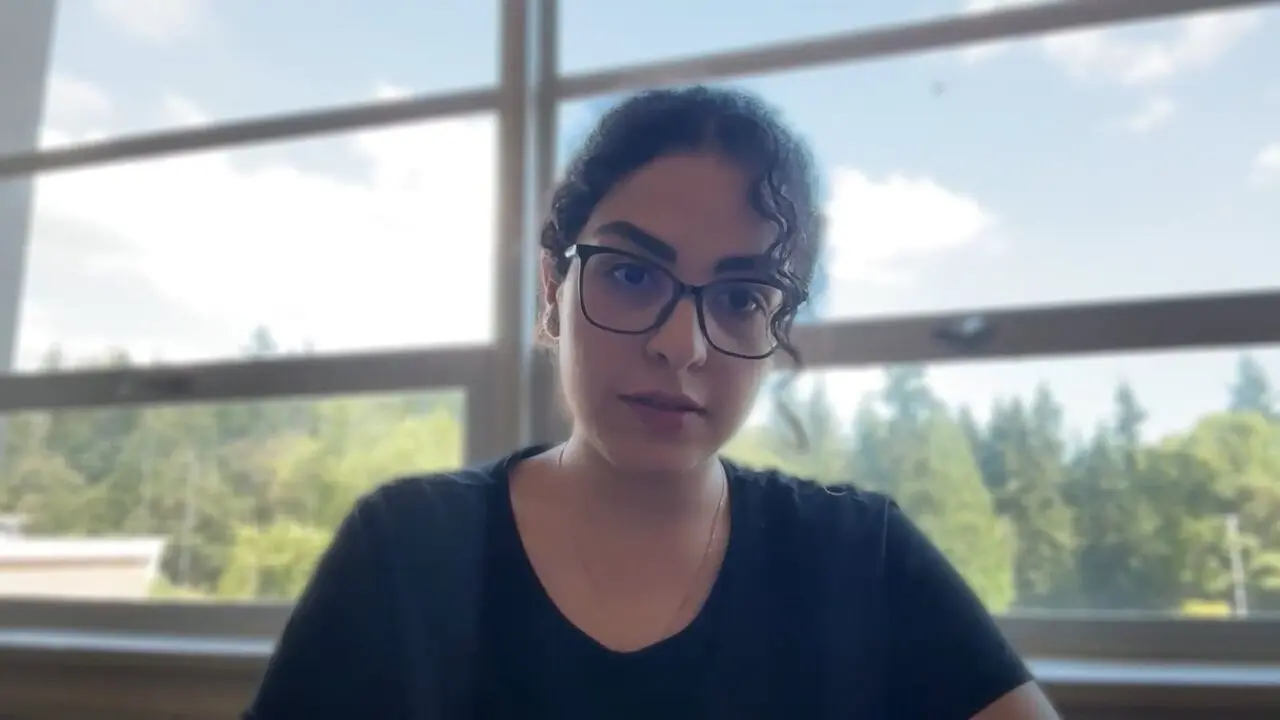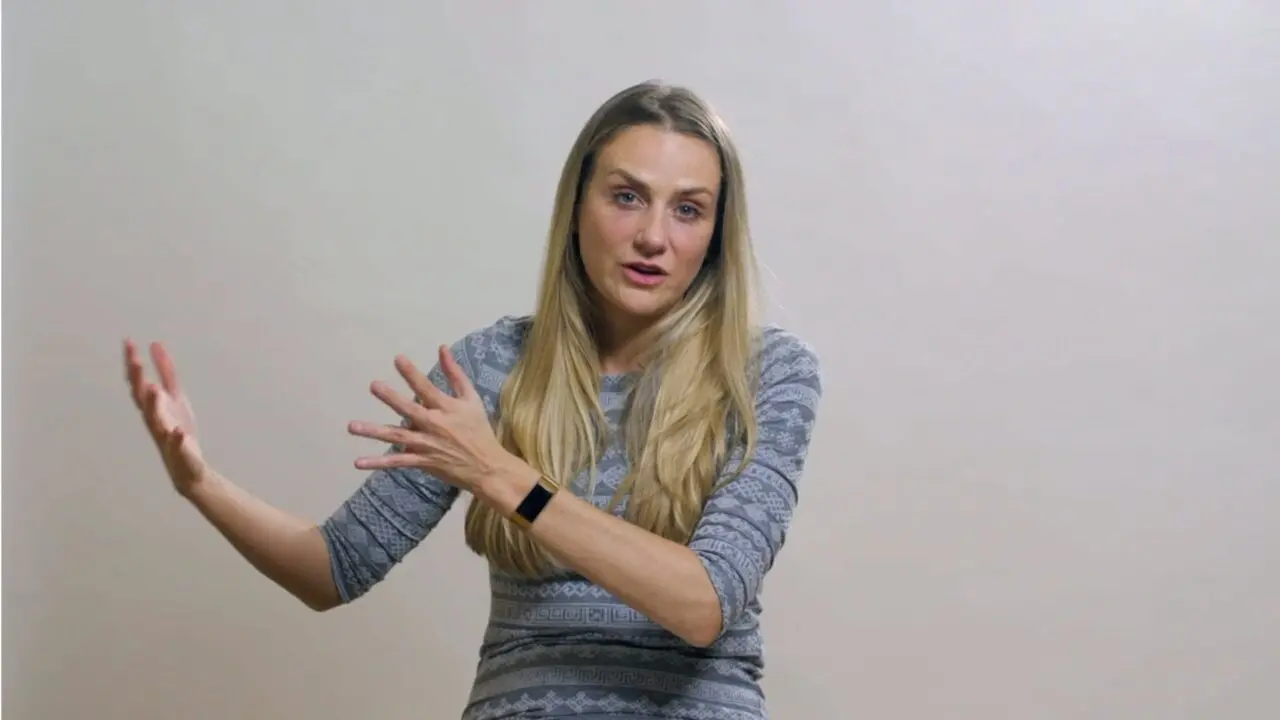GIVE Skills
The “GIVE” skills can help you feel closer to others as you navigate conflict, assert your needs, and communicate within relationships.
Stories

In the past I avoided conflict at all cost. I would often times give up my own needs, desires and values for the people in my life, in order to keep the peace.

I wanted to kick them out of the group because I found them unreliable. Instead of giving into my emotions...I tried to use the GIVE skill.
Community Tips
I couldn’t think of anyone to put on my Safety Plan. I used GIVE *specifically* over the past 6 months to develop relationships with my librarian and members of my in‑person AA meetings. I mean, I literally started out with ‘What’s it like having so many books at your fingertips?’ with my librarian.
I struggle with this when it is someone I really care about (my Mom who needs help) and when I need to say no to her (for self‑care reasons). I do a DEAR MAN and GIVE juggle dance. It’s not perfect, but it helps me say no to her when I’m way overstressed.
I find GIVE comes in super helpful in a tense conversation. I’ll throw something lighthearted and vulnerable with a smile in and it can really bring down the temperature. Something goofy like, This talk is making me sweaty. Can you smell me from over there?
Basically, I wrote a GIVE script for interacting with my small children when I’m emotionally on fire, but there is no one else available to help. I can’t think, so I read it and follow the steps. I get down on my knees (Gentle), I ask if they are hungry, thirsty, tired or upset (Interested), I validate anything they say (the V and E) with ‘I hear that you are X. Let me see how I can help’, and then I try to find the simplest and quickest way to address their needs while also validating mine.
I’m really good at this skill, but sometimes I shove down my emotions in order to do it and then I end up blowing up ‑ which then feels like I’ve erased all my GIVES. I’m trying to stop using GIVE as a shortcut, without validating myself first.
I get in the red zone for stress super easy with my wife, who also attends the peer meetings. When I’m there, it is so much harder to do the GIVE skill. Now, I basically open my GIVE by saying as gently as I can ‘I love you honey. I’m in the red zone and I’m trying my best, but I’m having a harder time giving the GIVE right now.
Why Use this Skill
Considering the perspectives and needs of other people can increase your intimacy and connection with them. Acting and communicating in specific ways can help you improve or maintain your relationships with people, especially when asking for things you want. The “GIVE” skills offer some tips for improving your communication in these ways.
When to Use This Skill
Use GIVE when:
- You want to strengthen intimacy with someone.
- You want to assert your boundaries, ask for something, or say “no” while keeping the other person happy.
- You want a social interaction to go most smoothly.

Overview Video
UrsulaHow to Use This Skill
GIVE is an acronym that offers ideas to consider when you’re interacting with other people* and want to improve or maintain a good relationship with them:
- Be Gentle.
- Don’t attack the other person, physically or verbally (like with name-calling or yelling).
- Try not to judge the other person, evaluating them as “good” or “bad”, or telling them what they “should” or “shouldn’t” do.
- Avoid judgmental body language, too, like eye-rolling, smirking, sneering, or crossing your arms and turning away.
- Act Interested.
- Listen to the other person and ask them questions about what they’re saying.
- Try not to interrupt or talk over them.
- Try to use body language that expresses that you are listening and care about what the person has to say, like facing them, putting your phone away, making eye contact, or responding with your genuine brief reactions.
- Validate.
- Communicate to the person that their experience makes sense.
- Use the “six levels” of validation from DBT.
- Try to see the world from the other person’s side of things.
- Use an Easy Manner.
- Be diplomatic and approach things lightly.
- Try smiling, staying light-hearted, or using humor (when it makes sense for the situation and feels natural to you).
*Keep in mind: the original GIVE skills were developed with American and neurotypical social norms in mind. Not all of the GIVE skills may be as relevant for you, your situation, your culture, or the other person—that’s OK!
If you have a relationship with someone, you can ask the other person directly what you can do to make them feel heard, seen, and supported. Those will be your best GIVE skills for that relationship! You also can tell them any preferences or limitations you have (e.g., you are not comfortable with eye contact), building trust and intimacy together.
Finally, always remember that the GIVE skills should always be balanced with the “FAST” skills of self-respect. You want to consider both your needs and the needs of the other person. Sometimes, you’ll lean heavily on the GIVE skills. Sometimes, you’ll lean way more heavily on the FAST skills!

Obstacles Video
UrsulaResources
People Are More Likely To Do What You Ask of them if They Feel Cared For and Respected
Video about GIVE, from DBT‑RU's YouTube channel
GIVE for Parents
This YouTube video illustrates how the GIVE skill can be used for parents
Blog on Using GIVE and FAST
This blog/podcast explores the GIVE and FAST skills for interpersonal effectiveness
Related Skills
Storytelling
Tell your story to understand yourself and connect with others.
Caring Messages
Connect with and help others with brief messages.
DEAR MAN Skills
Assert yourself and set limits.
FAST Skills
Increase your self‑respect within relationships.